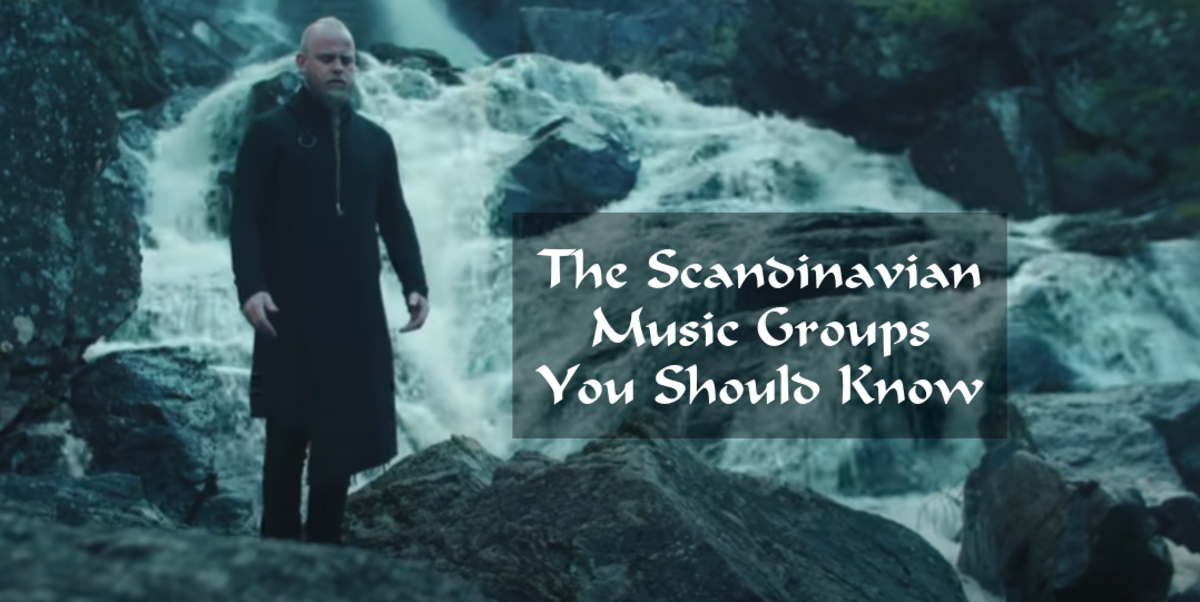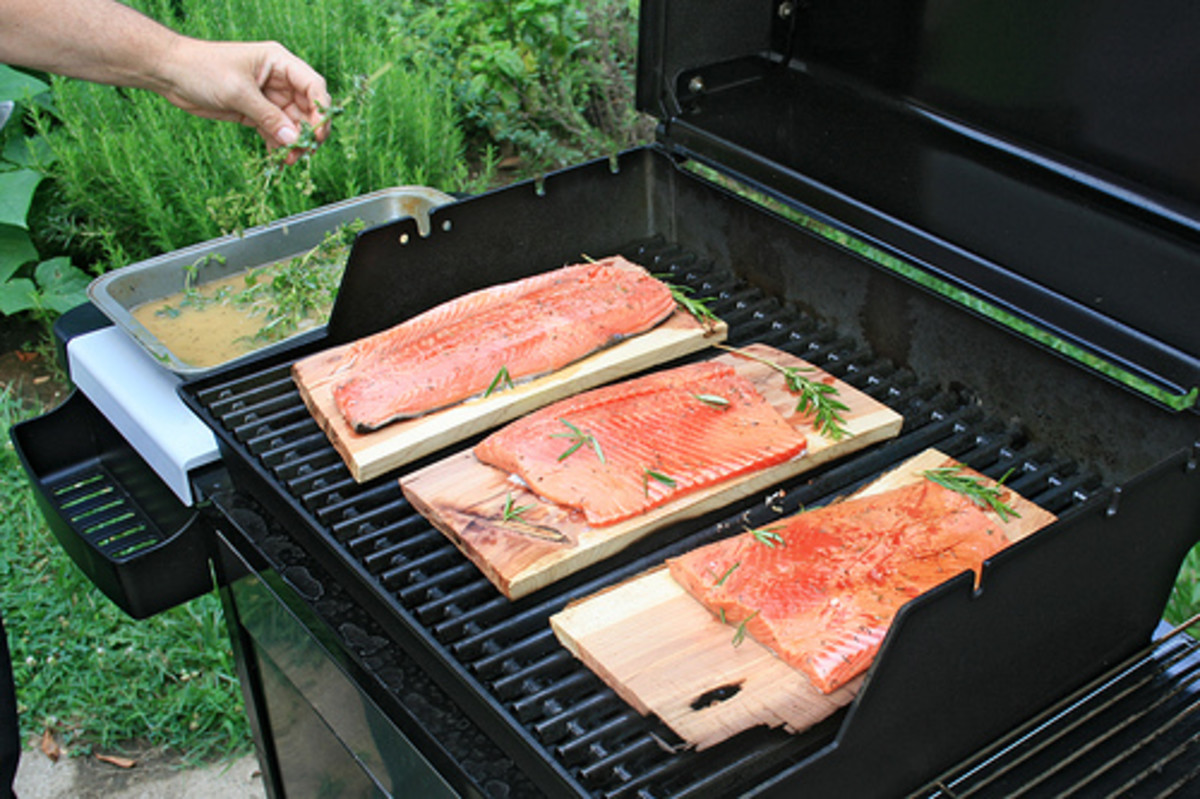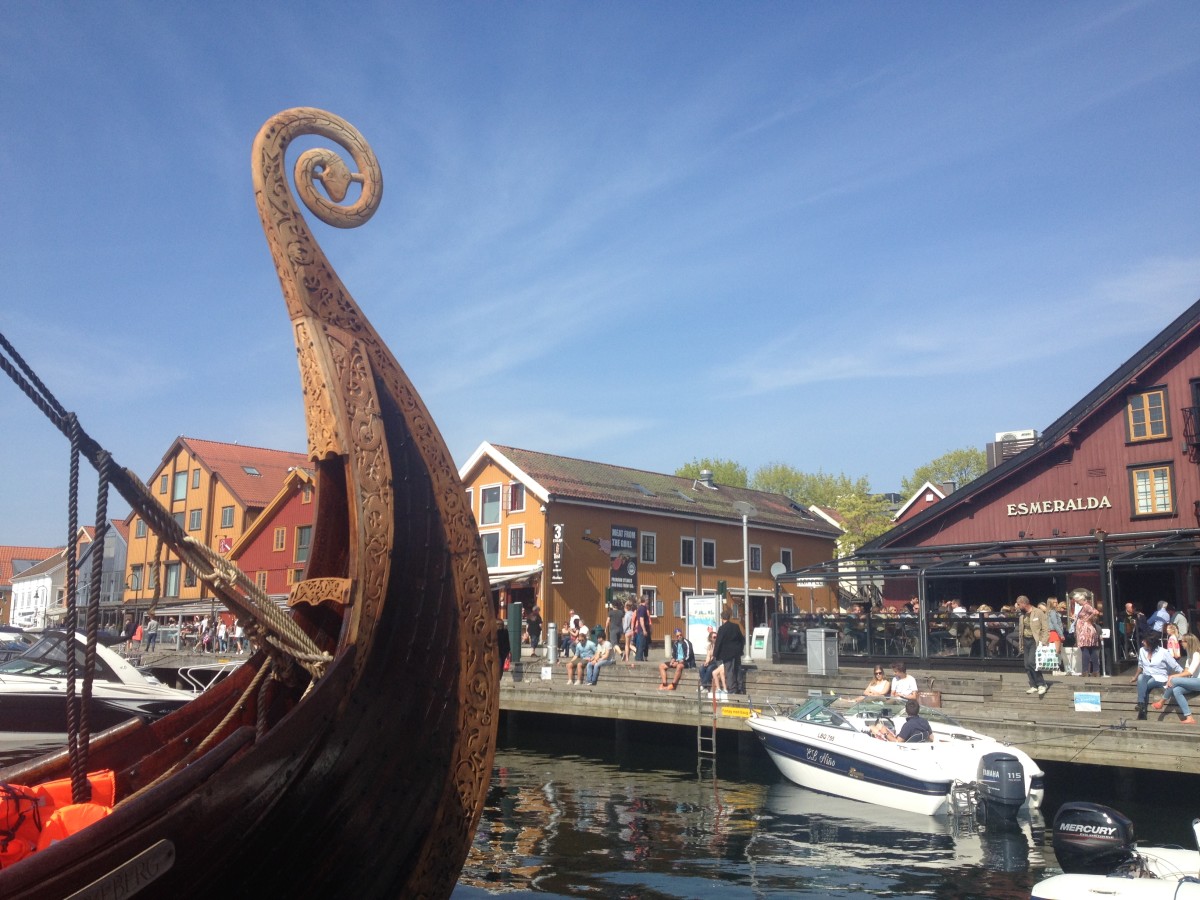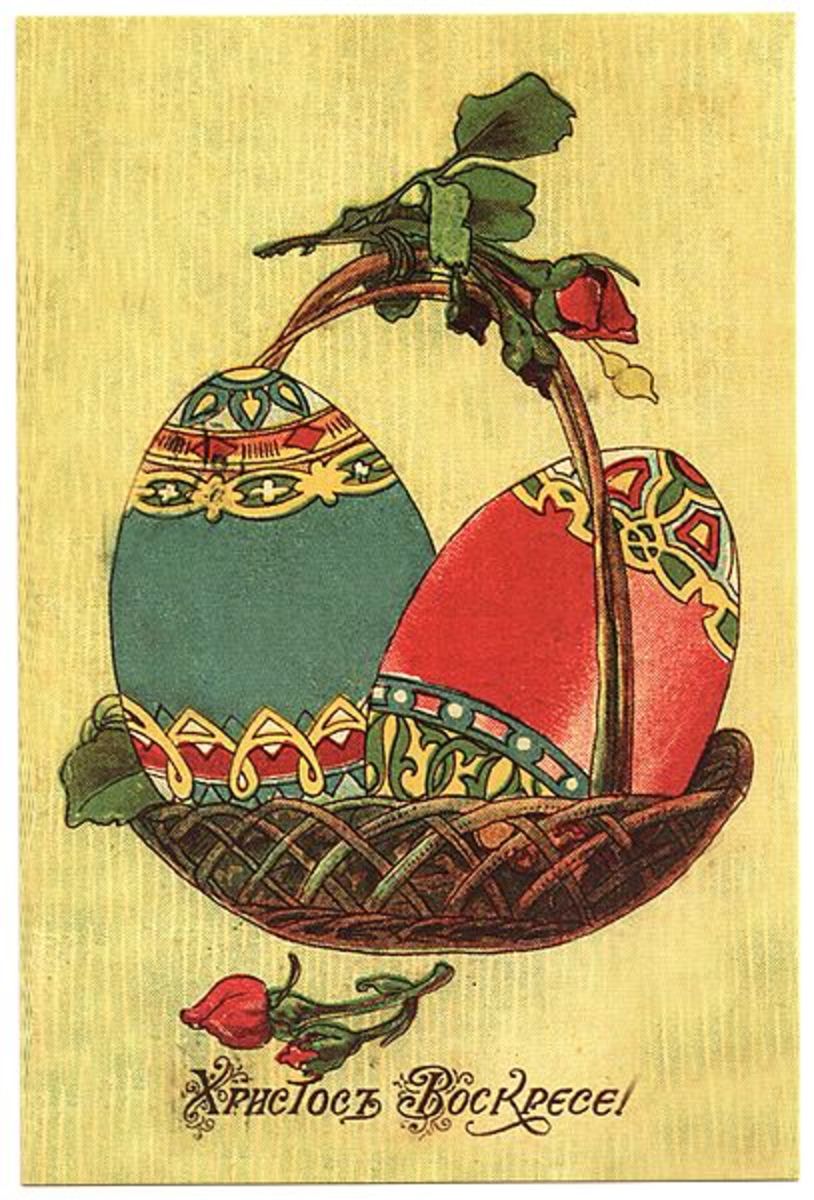Five Norwegian raw fish dishes

When you know you've been in Norway too long...
One of the Norwegian jokes says that you've been in Norway too long, if you can prepare fish in five different ways without cooking it.
I thought a little and came up with five ways of preparing fish. I thereby proudly introduce Mr. Raw Fish!
For more "too-long-in-Norway" things visit: Typisk norsk - What is typical Norwegian?
Fried fish?
Spoilin' nice fish. Give it to us raw and w-r-r-riggling!
~Gollum
Torrfisk (stockfish) is unsalted fish, especially cod, dried by sun and wind on wooden racks on the foreshore called flakes, or in special drying houses. The drying of food is the world's oldest known preservation method, and dried fish has a storage life of several years. The method is cheap and effective in suitable climates, the work can be done by the fisherman and family, and the resulting product is easily transported to market.
The science of producing good stockfish is in many ways comparable to that of making a good cognac, parma ham, or a well matured cheese. The stockfish retains all the nutrients from the fresh fish, only concentrated: it is therefore rich in proteins, vitamins, iron, and calcium. In Norway torrfisk is produced at large scale on Lofoten Islands.
Stockfish can be served cooked (for instance in bacalao), but also raw, in form of ... fish chips.
Gravlaks (gravlax) is a Nordic dish consisting of raw salmon, cured in salt, sugar, and dill. Gravlax is usually served as an appetizer, sliced thinly and accompanied by dill and mustard sauce, either on bread of some kind, or with boiled potatoes.
During the Middle Ages, gravlax was made by fishermen, who salted the salmon and lightly fermented it by burying it in the sand above the high-tide line. The word gravlax comes from the Scandinavian word grav, which means literally "grave" or "hole in the ground" (in Swedish, Norwegian, Danish and Estonian), and lax (or laks), which means "salmon", thus gravlax is "buried salmon".
Today fermentation is no longer used in the production process. Instead the salmon is "buried" in a dry marinade of salt, sugar, and dill, and cured for a few days.
Today there are two main methods of smoking fish: The traditional method and the mechanical method. The traditional method involves the fish being suspended in smokehouses over slowly smouldering wood shavings. The fish are left overnight to be naturally infused with smoke.
In the mechanical method smoke is generated through the use of smoke condensates with use of computer steered machinery. But it hardly can be called smoking really.
Salmon is commonly cold-smoked to make lox, and several kinds of fish such as whitefish, herring, trout, mackerel and sablefish are frequently hot-smoked. It is a prominent item in Russian cuisine, Jewish cuisine, and Scandinavian cuisine, as well as several Eastern and Central European cuisines
Rakfisk is a traditional eastern Norwegian fish dish made from trout or sometimes char, salted and fermented for two to three months until it softens, then eaten without cooking. (In Sweden, fish laid down in a similar process is known as Surströmming.) Production process is quite complicated and the finished product has a very ... distinctive taste and smell (to be more honest, it awfully stinks). You need to have nerves of steel to eat it. Really.
Rakfisk, if placed in a hermetic box, can explode. That is why , according to Scandinavian press,it is forbidden to have it transported by planes, just like other explosives.
Mmmmm, yummy!
Surströmming - rakfisk's Swedish stinky brother
Watch these young German gentlemen heroically discovering a new world of smells and tastes.
Who said that it has to be a Norwegian recipe? :))
Ok, fish used in sushi is called sashimi. It is a Japanese delicacy. It primarily consists of very fresh raw seafood (like salmon, tuna, squid, shrimp), sliced into thin pieces, and served only with a dipping sauce (soy sauce with wasabi paste or such condiments as grated fresh ginger, or ponzu), and such garnishes as shiso and shredded daikon radish.
Sushi on the other hand is dish made of sashimi (or other ingredient) and rice, wrapped in a seaweed and cut.
Norwegian cooking for enthusiasts









